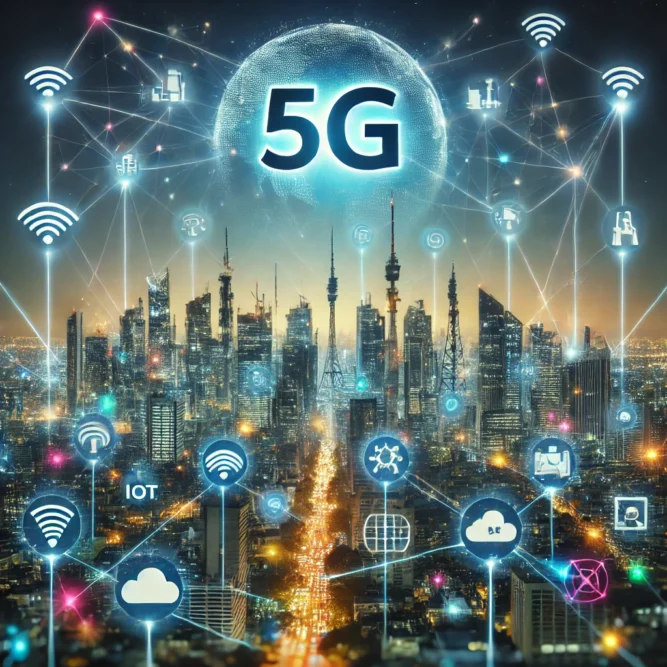
5G technology is revolutionizing the way we connect, offering ultra-fast speeds, reduced latency, and enhanced reliability. As global adoption increases, industries and consumers alike are witnessing a shift in connectivity that enables new technological advancements. This article explores the future of 5G and its impact on various sectors.
1. Key Benefits of 5G Technology 5G offers several improvements over its predecessors, including:
- Ultra-Fast Speeds: Data transfer rates up to 100 times faster than 4G.
- Low Latency: Near-instantaneous communication for real-time applications.
- Higher Capacity: Supports more connected devices without congestion.
- Energy Efficiency: Optimized power consumption for IoT devices.
2. Industries Transformed by 5G The impact of 5G is far-reaching, affecting multiple industries:
| Industry | 5G Impact |
|---|---|
| Healthcare | Remote surgeries, telemedicine, AI diagnostics |
| Smart Cities | Efficient traffic management, smart grids |
| Automotive | Enhanced autonomous vehicle communication |
| Manufacturing | Industrial automation and real-time monitoring |
| Entertainment | Immersive AR/VR experiences, cloud gaming |
3. The Role of 5G in IoT and AI 5G serves as a backbone for IoT and AI-driven innovations:
- Enables real-time data processing for smart devices.
- Enhances AI-powered automation across industries.
- Supports massive IoT deployments in urban areas.
4. Challenges and Future Developments While 5G promises significant benefits, challenges remain:
- Infrastructure Costs: Deploying 5G networks is expensive.
- Security Concerns: Increased connectivity raises cybersecurity risks.
- Regulatory Issues: Varying global regulations may impact rollout speed.
Future developments in 6G technology and satellite-based 5G networks will further expand global connectivity, making 5G more accessible and efficient.
Outbound Links:
Internal Links:
The future of 5G is promising, unlocking new possibilities in connectivity, automation, and data processing. While challenges remain, continued advancements will drive global adoption, paving the way for an even more connected world.

Most Commented